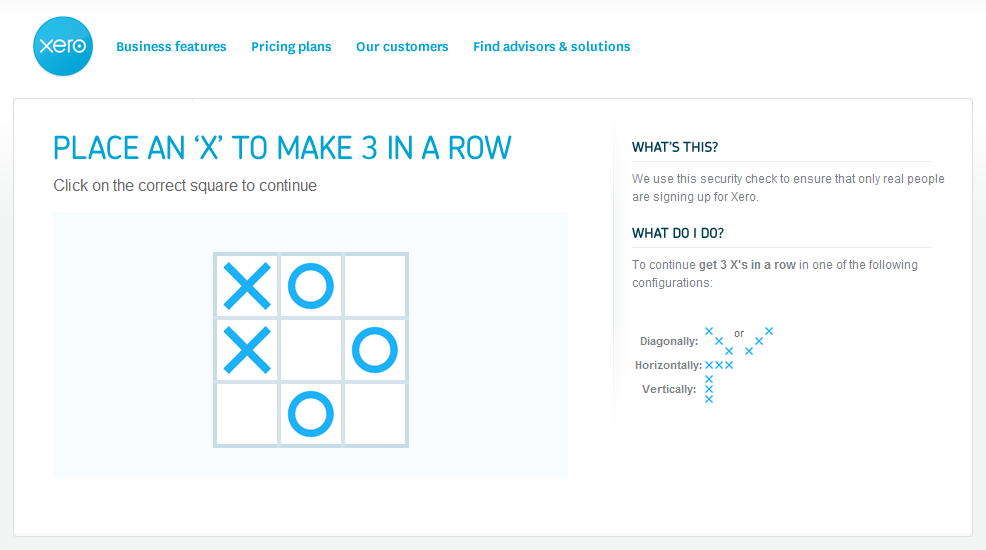We’ve all had days where things get on top of us. We’ve not been sleeping well, we’ve had an argument with someone we care about, and our football team has just lost (or been kicked out of the World Cup!!). Things seem bleak. Most of us rely on our own ability to lift our spirits, sometimes we get a boost from other people. Wouldn’t it be great if your toaster made you smile, or the ticket machine at the train station gave you a chuckle, or even a bin you just put your rubbish in?
There are some fantastic examples of how everyday experiences can be made more fun on the Fun Theory website. They have run a competition to change people’s behaviour with fun. The addition of a little fun has some interesting effects. We’ve selected a few of our favourite videos.
How to make walking up stairs more fun that using an escalator
How to make it more fun to drive slower
How to make it enjoyable to throw rubbish away
As designers we are capable of affecting emotion when someone interacts with our creation. When we design a website the foundation of it must be useful and usable but once this is in place adding a little fun can make a huge difference. In the examples above from The Fun Theory website much of the behaviour change is likely to be temporary due to the novelty factor. But if you take the focus away from changing behaviour and instead place it upon improving the experience there are plenty of opportunities for fun.
How to make the mundane a little more fun
Taking some of the mundane aspects of the web and turning them into short but enjoyable experiences can be the difference between a first time user and a regular user. We found this example from Xero which turns something we have come to expect to be annoying into something that is simple and fun. Instead of asking users to repeat meaningless words or decipher weird images to extract letters and numbers Xero provides a simple Noughts and Crosses concept. Users just need to place an X to make three in a row. The trick with designing fun into interaction is to spot opportunities which don’t add any further time or barriers to the user journey whilst bringing a short lived smile to the face of the user.
We hope to see much more examples of fun on the web soon. Have you seen any good examples you can share with us?


